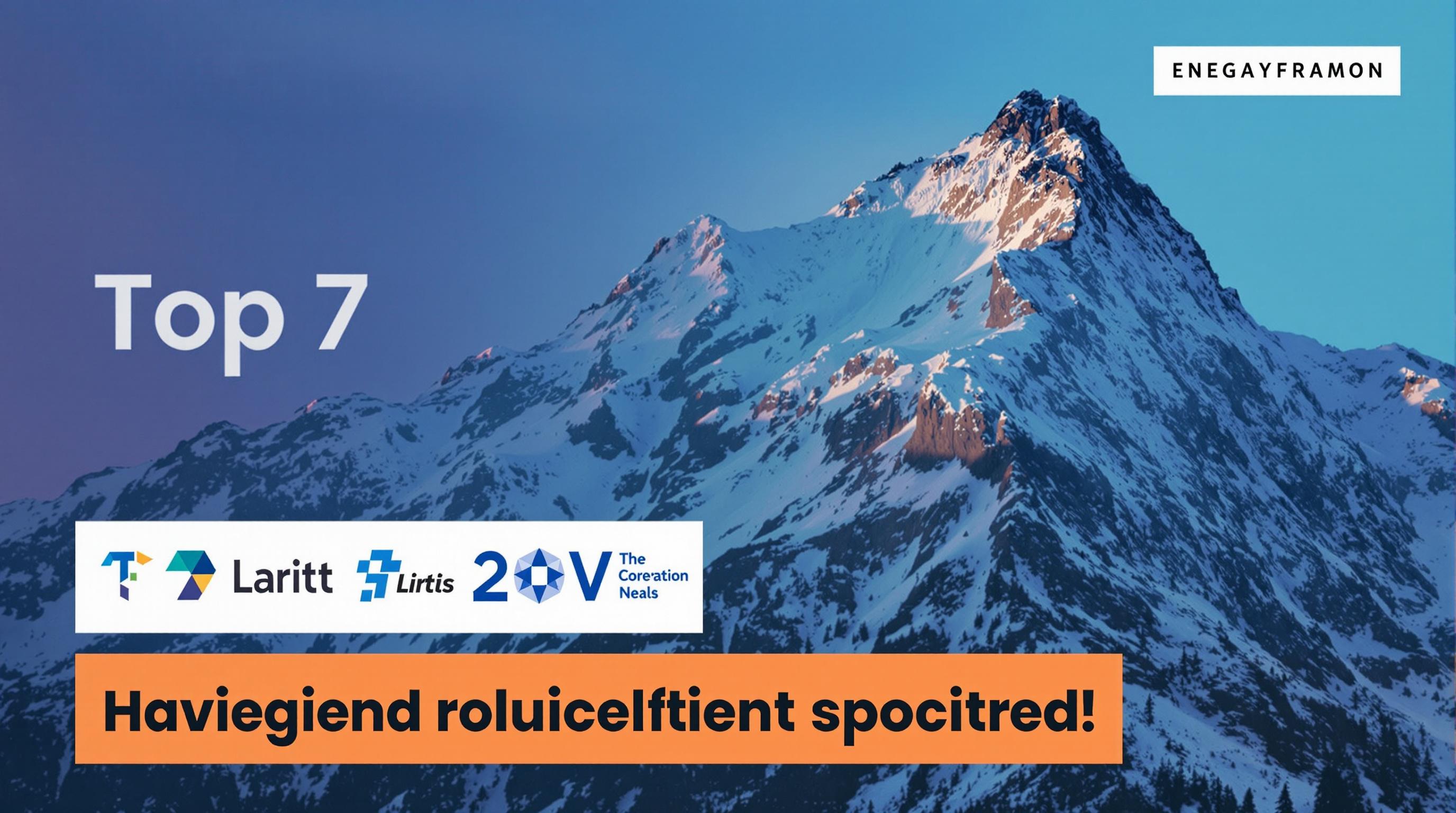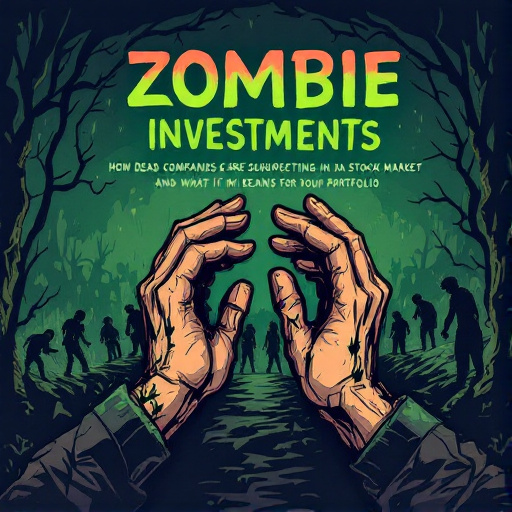Featured Articles
- Ghost Investing: How Haunted Real Estate Could Be Your Next Unlikely Asset Class
- Investing in Chaos: How Political Turmoil Drives Unexpected Market Opportunities
- Investing in Dreamscapes: The Rise of Virtual Real Estate and Its Untapped Value مص
- Investing in the Underworld: How Dark Money Shapes the Future of Finance
- "Investing in Your Future: How Micro-Businesses are the New Gold Mines in a Post-Pandemic Economy"
Ghost Investing: How Haunted Real Estate Could Be Your Next Unlikely Asset Class
Ghost Investing: How Haunted Real Estate Could Be Your Next Unlikely Asset Class
Ghost investing explores the intriguing world of haunted real estate as a potential alternative asset class. In this article, we'll delve into the unique dynamics of ghostly properties, market trends, and how they could enrich your investment portfolio.
The Allure of Haunted Properties
It’s the phantom whispers in dimly lit rooms and flickering lights that captivate the imagination. Think about it: a house with a ghostly reputation offers not just a home, but also a story, an experience, and yes—potential revenue. Imagine owning a property that ticks all the boxes for adventure seekers and paranormal enthusiasts alike!
Understanding Ghost Investing
Ghost investing is more than just buying a property claimed to be haunted; it’s about spotting opportunities in real estate that others might overlook. According to the National Association of Realtors, about 23% of buyers would be interested in purchasing a haunted property if it were priced right. In fact, some places like New Orleans have established a tourism industry revolving around haunted hotels and homes. Need more proof? A Texas home listed as “haunted” increased its value by 10% after a renowned ghost-hunting show filmed an episode on location.
What Makes a Property Haunted?
Haunted properties often come with their own backstories—murders, tragic accidents, or rich historical significance can all contribute. For example, the famous Winchester Mystery House in California, reputed to be haunted, has become a tourist magnet. Owned by Sarah Winchester, the eccentric heir of the Winchester rifle fortune, the sprawling estate features bizarre architectural choices and secret rooms. The rumors of ghostly sightings have not only kept the legend alive but have also generated significant income through tours, events, and merchandise.
Types of Haunted Properties
Just as there are different types of ghost stories, there are various categories of haunted real estate. Here are a few examples:
- Historic Homes: These properties often have rich histories and stories intertwined with them, attracting both investors and thrill-seekers.
- Hotels & Inns: Many travel destinations, like the Stanley Hotel in Colorado, are known for their paranormal activity, which can boost occupancy rates.
- Abandoned Buildings: Sometimes, derelict properties become the focus of urban exploration, turning them into subjects of interest for ghost hunters.
Market Trends
While ghost investing may sound whimsical, the facts tell a different story. A report from the Ghostly Real Estate Association indicates that haunted houses sell for an average of 5% more than traditional homes in the same vicinity. This trend is particularly strong in areas rich in history or folklore. So, whether you’re investing for thrill or profit, there’s something to be said for this niche market.
Case Study: The Bellamy Mansion
Located in Wilmington, North Carolina, the Bellamy Mansion is a prime example of how haunted real estate can flourish. The mansion itself is a masterpiece of 19th-century architecture, but it’s the stories of the spirits that resonate with visitors. Since its conversion into a museum, the Bellamy Mansion has seen an uptick in ticket sales, all fueled by ghost tours and paranormal events. In recent years, revenue from these activities has nearly doubled, showcasing that ghosts can indeed pay the bills!
Legal and Ethical Considerations
As with any investment, ghostly properties come with their set of legal and ethical considerations. For instance, full disclosure is required when selling a haunted home—meaning that potential buyers need to be informed about any ghostly manifestations. In some states, failing to disclose this information might lead to litigation. Policy matters vary by region; hence, it’s critical to research state laws on haunted property sales.
Ghost Tours and Experiences: A New Revenue Stream
Imagine transforming a haunted property into a thriving business. Properties that are marketed for ghost tours not only generate income but also increase property values. Since 2010, the number of ghost tours has skyrocketed by 64% in the United States, according to the Travel Channel. This trend shows that people are willing to pay for experiences tied to the supernatural, making it an attractive avenue for ghost investing.
The Emotional Connection
Investing in haunted real estate is not merely an analytical exercise; it’s an emotional one too. For many, the idea of owning a home with a story and a spirit presents a tangible connection to the past. Some psychological studies suggest that people are generally drawn to locations with strong emotional narratives, leading them to invest more in homes that tell a story, even if that story includes ghosts.
The Paradox of Value
Interestingly, the phenomenon surrounding the value of haunted properties revolves around the paradox of enjoyment versus fear. While many find the notion of ghosts scary, it also provides a unique entertainment value. This duality often results in higher demand and, consequently, higher prices for these properties.
Marketing Your Haunted Property
If you’re sold on the idea of ghost investing, the next step is effective marketing. Here are some tips:
- Leverage Social Media: Platforms like Instagram and TikTok are useful for showcasing ghostly attributes. Viral content can drive visitors and interest!
- Host Paranormal Events: Set up ghost-hunting events or workshops. An organized spooky event can attract enthusiasts and boost your property’s profile.
- Create a Story: Tell the tales that make your property special. What happened there? Who might still linger? Paint a picture that evokes curiosity.
Real-Life Investor Testimonial
A 29-year-old entrepreneur named Jenna took a non-traditional route by investing in an old inn reputed to be haunted in cozy Vermont. She invested $150,000, and within a year of hosting themed events and ghost tours, her revenue climbed to $300,000. Now, Jenna not only owns a successful business but also a cherished piece of ghostly history!
Haunting the Future
As we look to the future, ghost investing is likely to gain traction. The global market for ghost tours and paranormal experiences spans beyond $1 billion. The emergence of virtual reality experiences is also paving the way for a new age of ghostly engagements. Imagine virtually exploring haunted locations from the comfort of your home, and the possibilities for haunted properties become limitless.
The Importance of Research
Like any investment, doing adequate research can substantially mitigate risk. Understand the property, the history, and any associated ghost stories. If possible, speak to other ghost property owners to gain insights about their experiences. Knowledge, in this case, is not just power; it's also profit!
Conclusion: Embrace the Specter
Haunted real estate may not be the conventional asset class you initially considered, but it has proven to be an engaging and potentially lucrative venture. The blend of storytelling, excitement, and profitability makes ghost investing a unique consideration for those adventurous enough to dive into unexplored markets. Whether you’re looking for a whimsical investment or an extraordinary business opportunity, the world of haunted properties is waiting for you to embrace the specter!




